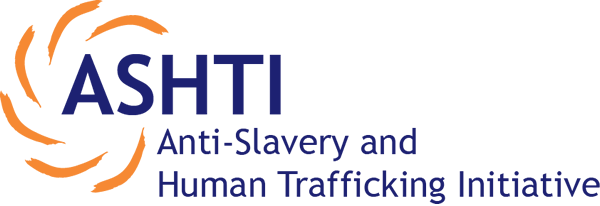The ASHTI Prevention Strategies Model
ASHTI’s primary research goal to date is to identify the individual and community risk factors that put individuals in a position of vulnerability to forms of trafficking or other forms of extreme exploitation. We are also interested in learning about the protective or resiliency factors that can assist someone in avoiding or surviving and exiting trafficking.Existing research and data collection primarily focuses on the prosecution of traffickers or the protection of trafficked persons once they enter medical or justice services. However, in order to combat trafficking in a cost effective and sustainable way, trafficking projects and policies need to address the problem at the source, before a person is trafficked.
To identify the source of trafficking problems, we are developing a public health approach to human trafficking research and data collection. This approach focuses on understanding trafficking itself as a social ill and stresses risk group identification, risk and protective factor exploration, and prevention. Inspired by the work of Jonathan Todres, the proposed project is in line with prior public health initiatives to prevent community violence, intimate-partner violence, and social problems using the four-level social-ecological model of violence prevention: individual, relationships, community, and societal factors. By identifying risk and protective factors, we will help the global anti-trafficking community to better design prevention initiatives, including trafficking policies and programs that target the source of trafficking. Identifying these risk factors will also lead to a stronger understanding of how social conditions and the social determinants of health shape the risk of falling into exploitation and slavery. Our public health model includes the following assessment and development stages:
- Collaborating with local partners to systematically identify a range of organizations, social services, and government officials working with vulnerable populations;
- Assessing public health indicators and social determinants of health for the area (poverty, education, housing instability, health care insecurity, food insecurity, etc.);
- Interviewing those organizations and their clients to identify risk populations and their characteristics, as well as risk and protective factors;
- Creating a globally adaptable model for preventative data collection that is publicly available online; and
- Identifying policy recommendations, models of best practices, and prevention strategies.

